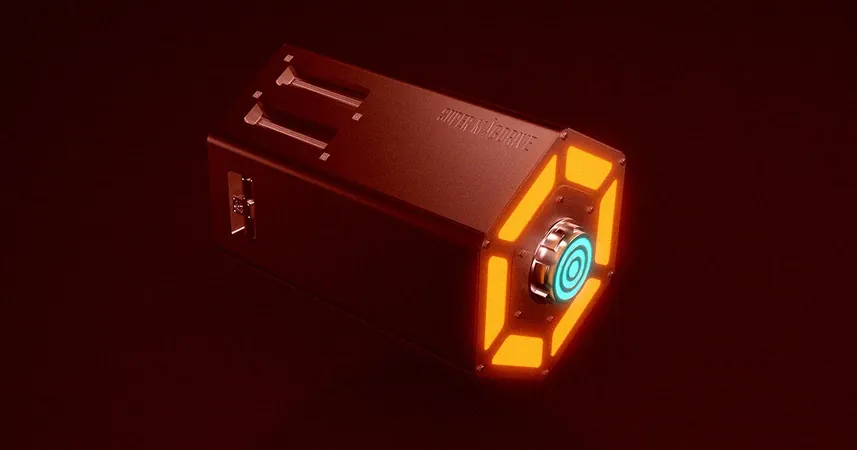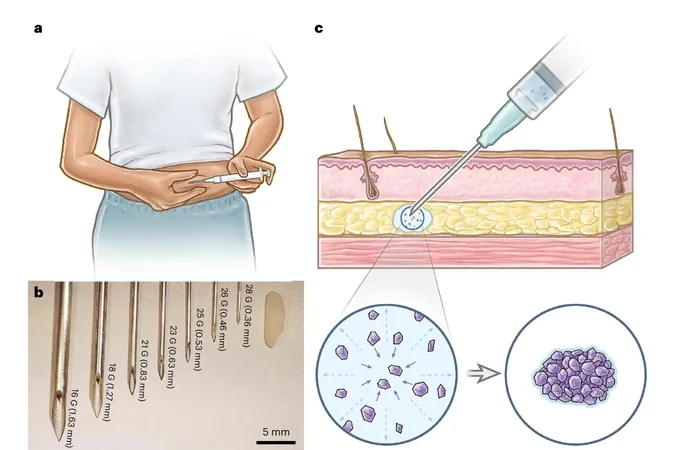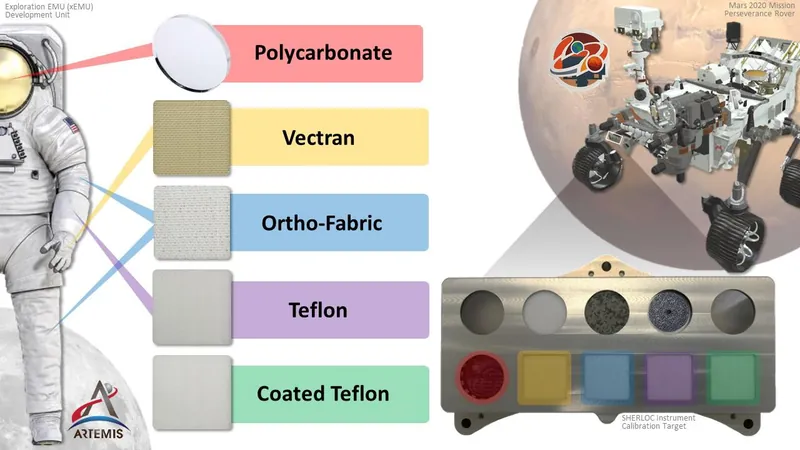
Revolutionary Startup Innovates Spacecraft to Devour Dead Satellites for Cleaner Orbits
2025-03-23
Author: John Tan
Ambitious Leap for Space Technology
In an ambitious leap for space technology, British startup Magdrive is making waves with its pioneering satellite designed to utilize solid metal as a fuel source. The company envisions a future where not only can this technology propel spacecraft, but it can also aid in the cleanup of the growing problem of space debris by consuming defunct satellites to fuel its journey.
Innovative Propulsion System: Warlock
Magdrive has developed an innovative propulsion system named "Warlock." Unlike current electric propulsion systems that rely on ionizing pressurized gases, Warlock ionizes solid metal, aiming to find the perfect balance between thrust and efficiency. Magdrive founder Mark Stokes explains the significance of this dual capability: "Chemical propulsion has very high thrust, but its efficiency—essentially its miles per gallon—is very poor. Conversely, today's electric systems boast exceptional efficiency but lack the thrust needed for rapid maneuvers."
"We're creating the first system that combines high thrust with excellent efficiency," Stokes added, suggesting a breakthrough in propulsion technology. The system, which can harness cheap and abundant copper as its energy source, is designed to one day utilize retired satellites and existing space junk for fuel, offering what could be a game-changing solution to our burgeoning space debris crisis.
Additional Benefits and Revolutionary Potential
This solution has additional perks, notably reducing the weight of payloads launched into space, as satellites wouldn’t need to carry their own propellant from Earth. Stokes highlights the revolutionary potential: “This will close the loop on the new space age economy by using resources already in orbit.”
Challenges Ahead
However, the technology is still theoretical at this juncture. The challenge of securing permission from the owners of space debris, as well as the technical difficulties of capturing these tumbling remnants of past missions, cannot be overlooked. MinKwan Kim, an associate professor from the University of Southampton who has collaborated with Magdrive, cautions: “Decommissioned satellites are uncontrollable and often tumbling, making retrieval extremely difficult. Capturing and securing them requires complex maneuvering techniques that are still in development.”
First Prototype Launch
Magdrive is set to launch its first prototype of the Warlock system in June, aiming to demonstrate the ionization of solid metal as a proof of concept before tackling the more complex endeavor of capturing space junk. Stokes emphasizes the versatility of their technology, stating: “We’re constructing a standardized piece of hardware that can fit on any satellite, catering to a multitude of applications including Earth observation, satellite servicing, and communications.”
Remaining Challenges and Concerns
Still, challenges remain. Concerns about surface contamination could degrade the system’s performance, and the physical properties of the metal used could change in ways that impede functionality.
Vision for the Future
Despite these hurdles, Magdrive is pushing forward with a bright vision. This innovative technology hints at a future where we can not only utilize resources already in space but also tackle the increasing threat of debris with smart solutions.
Urgent Need for Solutions
In related news, a recent incident highlights the urgency of addressing space junk: A man awoke to find that a large piece of a SpaceX rocket had crashed into his garden, underlining just how real and immediate the risks posed by space debris have become. With innovations like Magdrive's Warlock, we may see a positive shift towards safer orbits in the near future.



 Brasil (PT)
Brasil (PT)
 Canada (EN)
Canada (EN)
 Chile (ES)
Chile (ES)
 Česko (CS)
Česko (CS)
 대한민국 (KO)
대한민국 (KO)
 España (ES)
España (ES)
 France (FR)
France (FR)
 Hong Kong (EN)
Hong Kong (EN)
 Italia (IT)
Italia (IT)
 日本 (JA)
日本 (JA)
 Magyarország (HU)
Magyarország (HU)
 Norge (NO)
Norge (NO)
 Polska (PL)
Polska (PL)
 Schweiz (DE)
Schweiz (DE)
 Singapore (EN)
Singapore (EN)
 Sverige (SV)
Sverige (SV)
 Suomi (FI)
Suomi (FI)
 Türkiye (TR)
Türkiye (TR)
 الإمارات العربية المتحدة (AR)
الإمارات العربية المتحدة (AR)